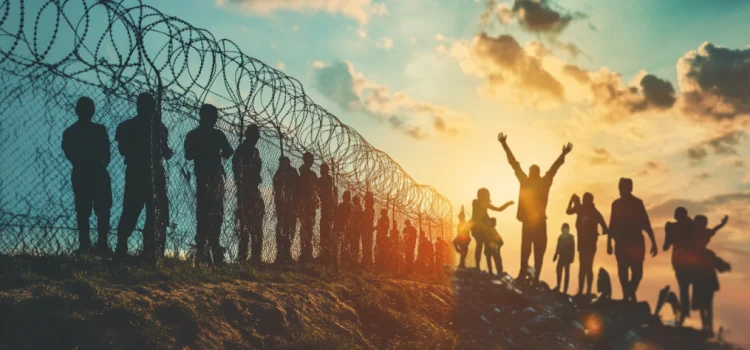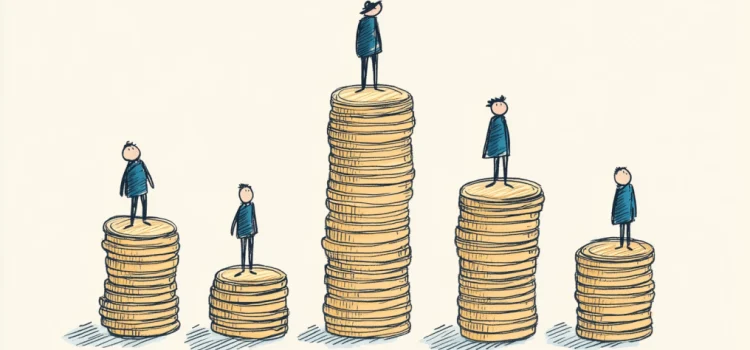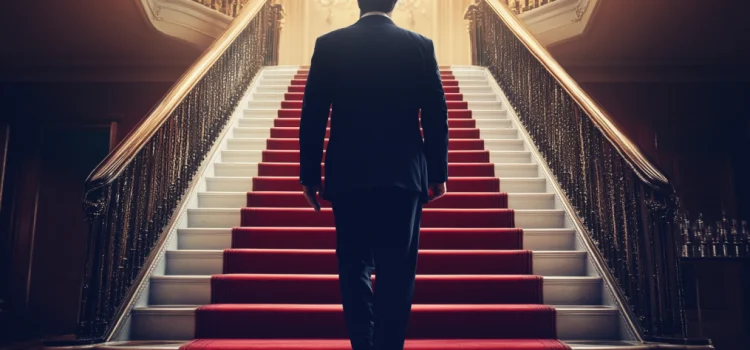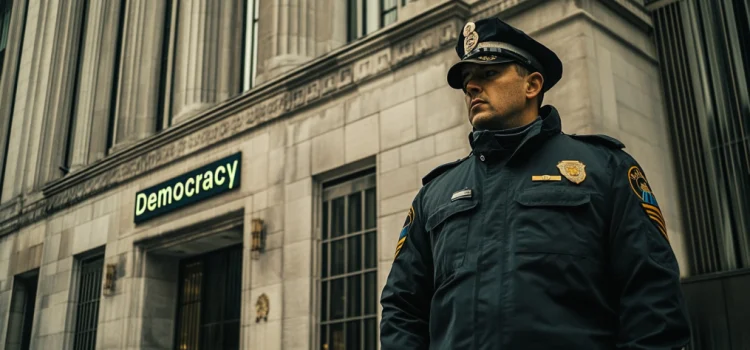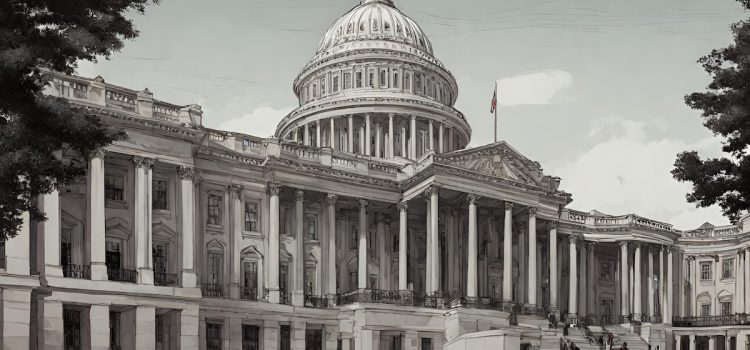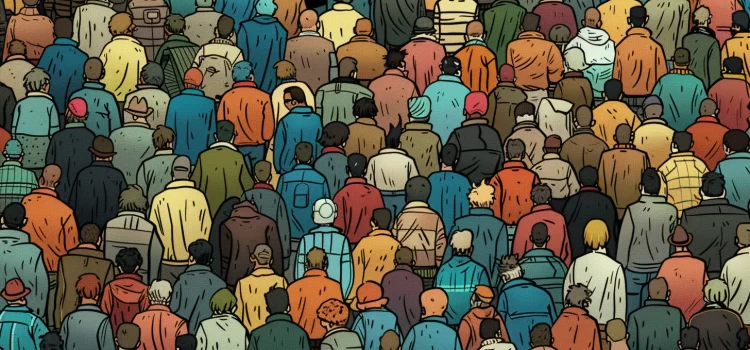What are the greatest threats to democracy today? How do healthy democratic states descend into illiberalism and authoritarian rule? Three significant factors that can erode public trust in democratic systems: extreme polarization, the decline of democratic norms, and wealth inequality. Each of these threats poses unique challenges to the stability and effectiveness of democratic governments. Read more to explore how these threats impact our democratic institutions.
Threats to Democracy: 3 Ways Public Confidence Is Lost


